Grand Master von Kniprode: the bloom of thirty years. Part of 1
“Helping - protecting - healing”
Before you begin the story of one of the most outstanding masters, I think it is worth reminding in brief history the whole of the German spiritual and knightly order.
So, the history of the Teutonic Order began at the very end of the twelfth century, or rather, in the 1190 year. And not in the German lands, but very far from there - in Palestine. The emergence of the order was promoted by the Third Crusade. Then, not far from the Syrian fortress of Acre, chaplain Conrad and canonin Voorhard together with the pilgrims erected a hospital. And only sick and wounded Germans could be treated in it. This is the first version. The second one says that the same hospital was built by merchants from Bremen and Lübeck to provide necessary assistance to compatriots in need. So another fraternity appeared. I must say that the practice with the establishment of the brotherhoods has become quite common since the days of the First Crusade. And the Duke Frederick of Swabian (one of the sons of the legendary Frederick Barbarossa) helped him to rise to his feet and get stronger. And although the duke lived a short life, dying under the walls of Acre on January 20, 1191, he managed, what is called, to knock out a papal letter for the brotherhood - the bull, which established the “German Brotherhood of St. Mary in Jerusalem” (February 6, 1191). Thus, it is Friedrich Schwabsky who is considered to be the founder of the Teutonic Order. But before getting official status it was still a few years. The fact is that at first the German brotherhood officially belonged to the structure of the Order of the Hospitallers, and its leader bore the title of “master of the hospital”. But the Germans, of course, did not like this situation. They wanted independence from multicultural hospitallers, preferring to stay apart from representatives of other European countries. And after a while, the German hospital moved to the church of St. Mary in Jerusalem. The next step was taken already in early March 1196, the order was officially created, headed by Chaplain Conrad. The Germans were able to achieve the necessary and important status due to their merit in the Holy Land. The transformation ceremony of the organization took place in a solemn atmosphere in the temple of Acre. Among the honored guests were the masters of the Templars and the Hospitallers, as well as influential clergy from Jerusalem.
Finally, the German monastic knightly order was formed in February 1199, when Pope Innocent III endowed him with autonomy and his own charter. And he settled in Acre - a city in the western Galilee (region in northern Israel). Accordingly, the order has a list of obligations. Namely: the fight against the enemies of the Catholic Church, assisting the sick and wounded, as well as the protection of German knights. The Teutons submitted directly to the emperor of the Holy Roman Empire and the Pope. And the motto sounded simple, but strong: “Help - Protect - Heal.”
Already at the beginning of the thirteenth century, the Order settled in the city of Eschenbach. Permission to move at the church was paid by Count Boppo von Wertheim. Then, over the course of several years, the Order increased its strength and soon became noticeable for the leading powers of that time. The monarchs quickly realized that, thanks to the Teutons, it was possible to completely subjugate one or other fragmented feudal groups to oneself, hiding behind the "struggle with the pagans." The great master Hermann von Saltz played a major role in the rapid rise of the Teutons (he and von Kniprode are considered the most influential and powerful leader of the order throughout his existence). Von Salz, who was a magnificent diplomat, became an ideal mediator between the emperor of the Holy Roman Empire and the Pope.
Trying for the common good, he, however, did not forget about his order. Therefore, he managed to achieve for the Teutons the same privileges that the older and weighty orders of the Templars and the Hospitallers had. Tazhe von Saltz organized the Livonian Order in 1237 from the Teutonic division, landowned by pagans and landites of the Order of the Sword, as a subdivision (landmeister). Accordingly, the influence of the master has spread to Livonia. And I also received Prussia as a gift. Interestingly, after the death of Hermann in 1239, strong disagreements broke out between Pope Gregory IX and Emperor Frederick II. And there was no such person who could help them find a common language.
The Teutons took an active part in the military life of Europe. For example, in 1211, the Hungarian king András II turned to the knights for help in confrontation with the Polovtsy. The Germans did not refuse. They quickly organized a camp in Bourzenland (southeastern border of Transylvania) and gained autonomy. They took full advantage of this privilege and erected five castles on the territory they received: Marienburg, Schwarzenburg, Rosenau, Kreuzburg and Kronstadt (by the way, then exactly the same names will receive fortresses already built in Prussia). It was already a real force, which the knights and launched against the Polovtsy.
Military successes were not long in coming. In this case, the Teutons behaved as much as possible and did not obey anyone. So they simply ignored the demands of both the local bishop and the local nobility to share with them the captured loot. The nobility, who earlier claimed to be occupied by the Teutonic lands, was especially offended. In their ideal world, the Germans should have given, if not all, of the attached Polovtsian steppes, but at least a large part. But this, of course, did not happen. The situation began to heat up. And then Pope Honorius intervened. He acted simply, but effectively - declared Burtzenland the feud of the Holy See. It turned out that these lands in an instant became independent of the ruler of Hungary. This, of course, infuriated the monarch. And in 1225, he demanded the Teutons to leave. The knights did not argue (by that time they had already captured enough loot) and left the occupied territory. Well, the Hungarians ... the Hungarians were too weak to develop (or at least consolidate) the success of the German knights. This was taken advantage of by the Polovtsy, who quickly withdrew and regained their strength.
In parallel with the “adventures” in Hungary, the Teutons took part in a military campaign against Prussian pagans, which Pope Honorius III announced in 1217. This measure was forced, because the "savages" suddenly occupied the lands that belonged to the Polish prince Konrad I of Mazovia. In return for his assistance, the prince promised the Teutons to give back the cities of Dobryn and Kulm, and also not to claim the lands that they would be able to win from the Prussians. This “operation” became official in 1226, thanks to the golden bull of Frederick II.
The Teutons began active activities in the 1231 year. They settled on the right bank of the Vistula and built a fortress (then it will turn into the city of Thorn). And in the territory belonging to the city of Dobryn, a personal, let's say, personal order - Dobrinsky appeared. And the main initiator of his birth was personally Konrad I Mazowiecki. According to the official version, it was needed to protect against Prussians. But, as a matter of fact, Konrad realized that he had sent the plague in the form of Teutons to his house, so he tried to create an order to counter them. But this idea quickly failed. The fact is that the Dobrin Order consisted of Germans. And their numbers were too small. So a few years later the knights joined the Teutons.
German knights tightly took over the Prussian lands. First, they built the fortress of Balga, and in 1255, Königsberg Castle appeared. Prussian unions bym are not able (at that time) to provide Teutonians with decent resistance. They were let down by disunity. This and fully enjoyed by the Germans. They broke them one by one, and then forced the vanquished to take part in a new battle as their allies. And this tactic worked perfectly for many years. The Prussians could not change the situation with the uprisings, when the rulers of the Gdansk Pomerania and the Lithuanians came to their aid.
Typically, the Teutons resorted to the practice of forcible conversion to Catholicism infrequently. These measures were extreme and only for some "special" cases. More often Prussian pagans themselves changed their faith, unable to resist the powerful propaganda of the order. As already mentioned, the Germans actively attracted soldiers from the occupied territories to their ranks and it is mandatory to know with their brigades. Accordingly, when the “top” addressed the new religion, the “lower classes”, in the person of the other members of the tribe or tribal union, gradually followed up. Approximately also proceeded and the process of Germanization of Prussian lands. The Teutons did not prioritize the total eradication of the language prevalent in the conquered territory. Therefore, even after many years (for example, in the fourteenth century), the Order required skilled experts in the Prussian language, since so many people spoke it. Although the German language was the official. But gradually Germanization did its job. And information about the Prussian language disappears in the sixteenth century.
Despite the active, let's say, “life position” in Europe, the Order did not forget about the Holy Land. At the same time, what is interesting, the official residence of the Grand Master continued to remain there. To be more precise - in the Levant (the common name of Syria, Palestine and Lebanon). And in 1220, the Order managed to redeem lands located in the Upper Galilee. Here the Teutonic castle of Montfort soon appeared. Here the grand master decided to transport the archive, as well as the treasury of the order. True, the music, as they say, did not play long. Already in 1271, the Mamluk leader Beibars managed to capture the German stronghold. Therefore, the great master had to urgently settle in a new place in Venice.
Now back to Europe. Gradually, the policy of the Teutonic Order became more rigid and destructive in relation to opponents. This is well illustrated by the trip to Gdansk in 1308. The knights, hiding behind the slogan "Jesus Christ the Savior of the World," slaughtered about ten thousand Poles, who were, by the way, Christians. Well, the free lands quickly began to master the German colonists. By the way, by that time all of East Pomerania belonged to the order. In fact, the fight against pagans turned into a reason to expand the sphere of influence of the Teutons. And these great masters deftly used, turning the Order into a full-fledged state. Even before that, they tried to gain a foothold in the lands of the Russian principalities. True, the main role here was played by the branch of the Teutonic Order - Livonian. But the defeat in the ice carnage in 1242 year cooled the ardor of the Germans. It is interesting that the Landmaster of the Teutonic Order in Livonia, Andreas von Velveen, did not take part in the fateful battle for the knights. He chose to keep at a safe distance, so not only survived, but also not captured. Such is the foresight.
There were a few more episodes in history when the Teutonic Order was not up to par. For example, in 1268, he suffered a crushing defeat from the combined Russian forces at the Battle of Racovor. But, nevertheless, his knights continued to be quoted as one of the best.
Another significant event took place in 1309, when Marienburg became the capital of the order.
Career ladder
The second half of the fourteenth century was formed for the order relatively well. The knights with enviable constancy made trips to the Lithuanian lands, and the Lithuanians paid the Germans with the same coin. And in 1351, Winrich von Kniprode became the twenty-second Grand Master of the Order.
It is not known exactly when Winrich was born. It is believed that approximately in 1310 year in the village, located in the vicinity of Monheim-on the Rhine. There was no information about how long Vinrich lived on the banks of the Rhine and how he got into the order.
It is first mentioned in the early thirties of the fourteenth century. Then (in 1334 year) the future grand master was young and, accordingly, held a very modest position - he was an assistant (compan) of the prosecutor (judge) in Preissisch Holland. But four years later, von Kniprode became a commander of the city of Danzig (the modern city of Gdansk in northern Poland). Career Winrich developed rapidly. In 1341, he was forced to leave Danzig. He moved to Balga - a powerful fortress built on the lands of the Prussians, becoming its commander. In parallel, von Kniprode was given the post of vogt (governor of the emperor) Natangia. It is worth paying a little attention to this Prussian tribe, which heroically resisted the Teutons.
The first meeting of knights and natangs occurred approximately in the thirties of the thirteenth century. At that time, this tribe, numbering about fifteen thousand people, lived in the area between the rivers Pregolya and Lava (modern Kaliningrad region). Natangi were neighbors in the north with the Prussian tribe of samba (sembov) and varmas in the south. In a written source, the people of Natangia were mentioned in the 1238 peace treaty of the year, which was concluded between the Germans by the Prince of Gdansk Pomerani Swentopelkom II. Then the tribe appeared in the 1249 Treaty of Dzierzgon. That agreement officially guaranteed freedom to all pagans who would accept the Catholic faith. Spread the document and on natangov. But this trick of the Germans did not work.
The tribe painfully perceived the appearance of knights on their land and was not going to obey them. Therefore, in the same year 1249, the battle of Kryuken took place between the pagans and the Teutons. The victory was then won by natangs, killing more than fifty knights. The tribe embraced a premature euphoria. At that time they still did not suspect how powerful their fate brought them together. The Order could not forgive the humiliation, so quickly restored its strength and continued its crusades against the pagans. And in 1255, the Germans erected Koenigsberg, the future main residence of the great master. The fortress appeared in a strategically important place - at the mouth of the Pregolya river on the border of natang and samba.
We must pay tribute to the Prussian tribes, they are all the forces tried to get rid of aliens from their land. The great Prussian insurrection, which lasted from 1260 to 1274, was at first quite successful for the natangs. And when the Teutons were defeated at the Battle of Durbe in 1260 from the Samogitians and Kurshey, the revolt of the Prussian tribes was led by Herkus Mantas, the leader of the Natang tribe. He, by the way, was educated in Magdeburg, because for many years he was held hostage by the Germans.
In January, 1261, the battle of the German crusaders against the Prussian forces at Pokarmine took place. Victory was on the side of the pagans. Then Mantas managed to defeat the Teutons in the battle of Lubawa. And the knights were commanded by the landmaster of the Order Helmrich von Würzburg. That battle von Würzburg did not survive. Inspired by their success, the Prussians decided that it was time to pick up the Teutonic castles for themselves. But here they were waiting for failure. After suffering a series of painful defeats, the Prussians lost their morale. And finally they broke the death of the leader. In 1273, he was given to the Teutons by his own servant. Knights did not stand on ceremony with the leader of the rebels and executed him. After that, it was not so difficult for them to extinguish the fading hotbeds of resistance of the pagans. The tip of the Natangs obeyed the Teutons and adopted Catholicism, thereby ceasing resistance. True, in 1295, they rebelled again. This time the pagans were led by the leaders Sabinas and Stant. But with this rebellion, the Teutons dealt with their inherent methodic. So, when von Kniprode arrived in these lands about the former pride of the Prussian tribe, it didn’t remind much. Although the people kept their language and customs, they did not even think about trying to get rid of the Teutonic yoke. In the position of Vogrik Winrich spent only two years, after which he became a Marshal of the Teutonic Order. And in 1346, he was awarded the title of great commander, that is, he reached the top of his career ladder almost to the top, taking the place of the deputy grand master. Only five years remained to the cherished goal.
During this time, Winrich managed to take part in the battle of Strva with the army of the Grand Duchy of Lithuania. This battle took place on the second of February 1348. The Teutonic army was led by von Kniprode himself, and the princes Olgerd and Keystut opposed him. As allies on the side of the Germans were the French and English knights. The Principality of Lithuania, too, was not one; he was assisted by regiments from Vladimir-Volynsky, Berestye, Vitebsk and Smolensk. There is a version that the Lithuanian princes supported the army from Polotsk, but the reliability of this fact is subject to doubt.
Before coming together, so to speak, in the open field, the Teutons for several days, like predatory animals, were scouring the Lithuanian Ponemane. They brutally suppressed any resistance, burning the villages and killing the inhabitants. At the same time, the troops of the princes Olgerd and Keystut tried to find an army of the enemy, to fight with it.
And so, on the second of February they met. Victory in the battle won von Kniprode, inflicting a heavy defeat on the Grand Duchy. The surviving German documents say: “But let's not forget that in the name of the Lord 1000 was killed and a few were saved from 20 000, taken 800 or so.” But a certain John Vitoduran, who was a contemporary of that battle, in his chronicle indicated that the Teutons were able to kill about forty thousand Lithuanians. Some chronicles also speak of twenty-two thousand dead warriors of the Grand Duchy. But how many people actually died on either side is not known for certain. It is clear that the principality received a crushing blow, but the Teutons for unknown reasons did not begin to develop their success. In honor of the victory, they built the Church of the Virgin Mary in Königsberg and calmed down on this. According to the official version, the further advancement of the order was prevented by the outbreak of the plague epidemic, which rather thinned out the composition of efficient German knights. Taking advantage of the lull, Winrich ordered the construction of Georgenburg Castle (the territory of the modern Mayevka village in the Kaliningrad region).
In the middle of the fourteenth century, the Teutonic Order acquired a new powerful enemy in the person of the Grand Duchy of Lithuania. The struggle against Prussian pagans, of course, continued, but it was needed rather to fulfill formal obligations. After all, the order was supposed to protect the Germans from the pagans, and besides the unfortunate Prussians no one else fit this role. And so, all the formalities were met. But if the war with the Prussians, with the exception of a few unpleasant episodes, was successful for the order, then with the Lithuanians it was not so simple. The Grand Duchy was not much inferior to the Teutons; therefore, in opposition, the scales leaned one way or the other.
It was at this important moment for the entire Teutonic Order that Vinrich von Kniprode became his great master. The general chapter elected him on the sixteenth of September 1351. Thus began the new era of the order.
At the head of the order
But the beginning of the rule of von Kniprode was not as rosy as the Teutonic "tops" wanted. The aggressive foreign policy in the eastern direction has borne its sad fruits. The resources of the order were rather stingy, but the political situation demanded active action from the knights. Therefore, at first, a military expedition to Zhemantiy was organized - a country located between the lower reaches of the Neman and Vindava. The Samgeits drank a lot of German blood and were a serious problem that needed to be solved. As early as the middle of the thirteenth century, they managed to overthrow the rule of the Livonian Order, and in 1320 they defeated the Teutons and their allies in the battle of Medniki (at that time it was the capital of the tribe). The pagans killed twenty-nine knights, the Marshal of the Order Heinrich Plock, and about two hundred ordinary soldiers. In general, only one, let's say, a full-fledged knight - Vogt of Sambia, Gerhard Rude, was able to survive in that battle, and he was in captivity. In honor of the victory over the Germans, the Samogitians tied the Teuton to his own horse and burned it with him.
Since then, the Teutons often visited “guests” to the Samgeitas, however, with varying success. And in the early fifties of the fourteenth century, the knights of the Grand Master von Kniprode went there. That's just luck was on the side of the pagans. The Germans waited for a complete rout. Therefore, the master had no choice but to sit at the negotiating table.
In 1358, thanks to his diplomatic skills, von Kniprode was able to conclude a temporary alliance with the Grand Duchy of Lithuania. And the Teutons and the Lithuanians against Poland united. But in the 1360 year, Prince Olgerd concluded that an alliance with Poland was more beneficial for his state than with the Germans. Therefore, he broke off the allied agreements with the Teutons and promptly gave his Kennu to the married Zameransky prince Casimir IV, who was the grandson of Casimir III. The Order, of course, could not simply sit and look at the unification of the forces of its two main opponents. Therefore, in the same year, von Kniprode once again declared war on the Grand Duchy and sent his knights there.
The Teutons managed to reach the middle reaches of the Neman and approached the walls of Kovno (modern Kaunas). After a short siege, the city was captured and destroyed. After that, the knights moved on. They fought against the Lithuanians under the Grodno, Trocq and Vilna camps. In one of the battles, the Teutons succeeded in capturing Prince Keystut, brother and co-regent of Olgerd. True, he was not held hostage for a long time, since he was traded by captive knights. True, Keistut soon again fell into captivity. During the battle, the Teutons knocked him off his horse, but did not kill such a high-ranking opponent. Instead, the prince was sent to Marienburg and imprisoned. According to legend, Keystut was helped to escape by one of the knights, who was of Lithuanian descent. And together they managed to escape from the Teutons in Mazovia.
While the confrontation with the Grand Duchy of Lithuania was going on, the Grand Master took part in the military conflict between the Danish kingdom and the Hanseatic League. In that confrontation, the Teutons sided with the Hansa, although they formally adhered to neutrality. In general, according to one of the versions, it was Winrich who became the instigator of that conflict. He also organized the congress of the Hanseatic cities in 1367 year to create a powerful coalition against Valdemar IV, king of Denmark. And in 1370, Waldemar was forced to admit defeat and conclude the Stralsund Peace, which was unprofitable for Denmark. An agreement was signed with the direct participation of the Grand Master.
Gradually, the Teutonic and Lithuanian wars also came to an end. In 1369, they managed to seize and destroy several castles in Kaunas. The hour of the main battle was approaching. And in the middle of February 1370, a battle took place at the castle of Rudau (Rudawa). Here the troops of Olgerd and Jagiello were united with the army of Keystut and Vitovt. The Lithuanians were planning to attack the main Teuton stronghold, Koenigsberg, and headed for the goal. That's just their avant-garde stumbled upon a Teutonic reconnaissance detachment at the head of Marshal Hinning Schindekopf. The Germans came out victorious. And from the captured Lithuanians they managed to find out the plans of Olgerd and Keystut. The troops of the Grand Duchy still did not know anything, so they spent a lot of forces to capture Rudau.
Soon the Teutons, headed by Vinrich von Kniprode, also approached the castle.
The battle lasted a long time, but the Teutons managed to smash the enemy. At first, the soldiers of Keystut left the battlefield in panic, and then Olgerd's warriors began to retreat. They tried to hide in the forest, but the knights overtook them and finally defeated them.
According to historians and researchers in the battle killed more than five thousand soldiers of the Lithuanian army. And the Order, as they say, won the Pyrrhic victory. Many knights, several komturs and Marshal Shindekopf were killed. But the consequences of this victory will be affected later. Then the order celebrated. And it seemed that the era of power and greatness will last forever.
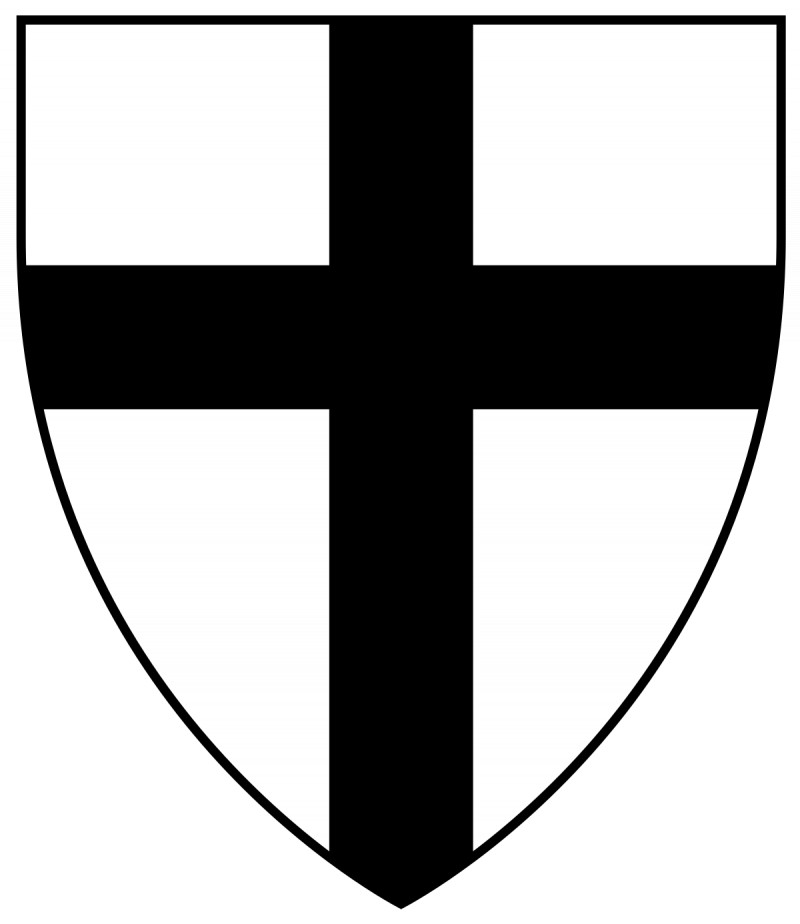
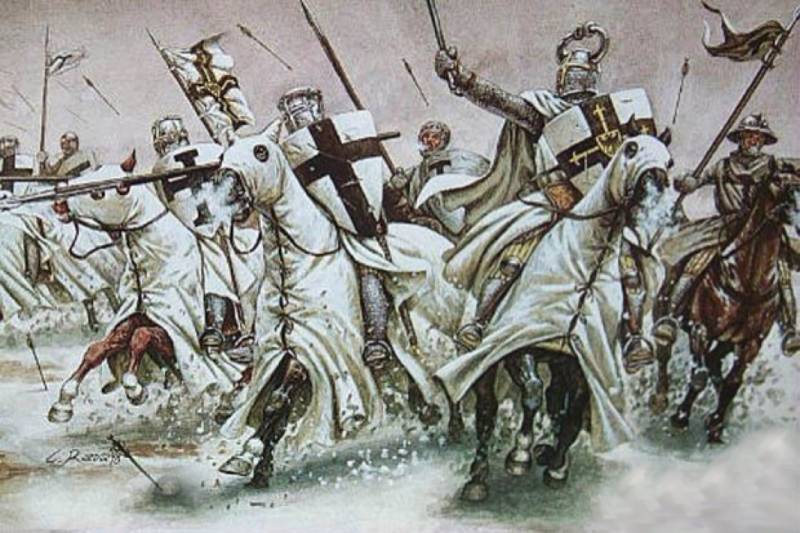
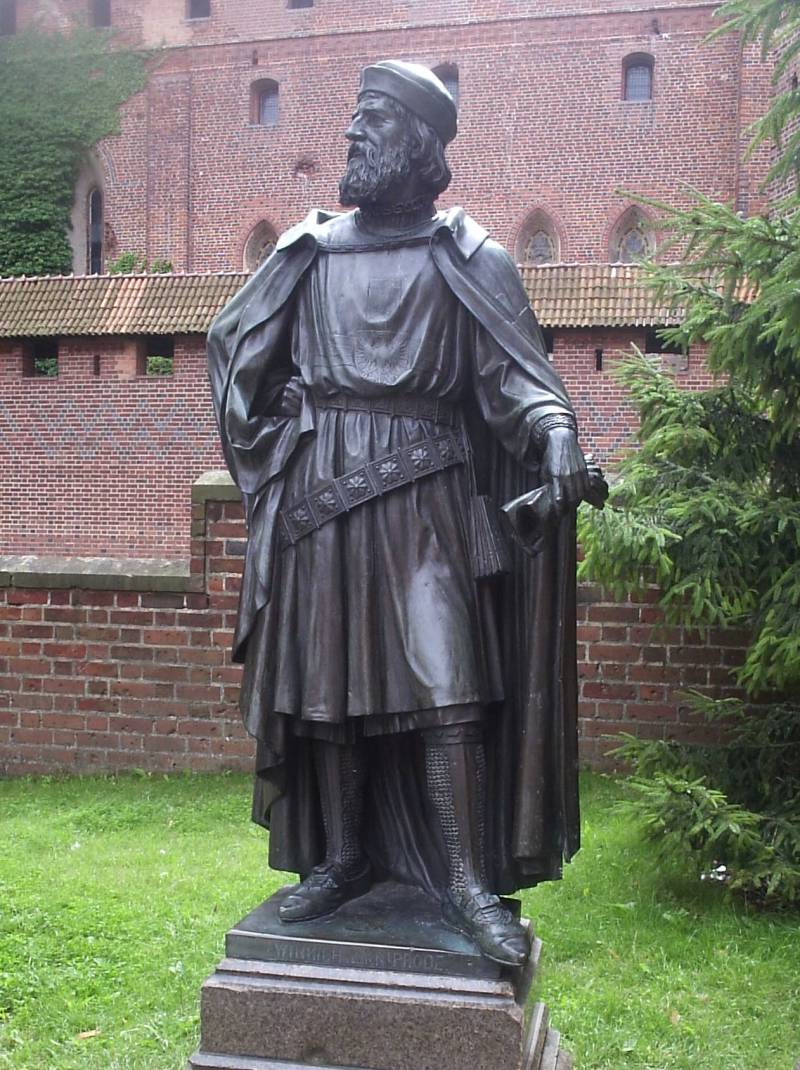
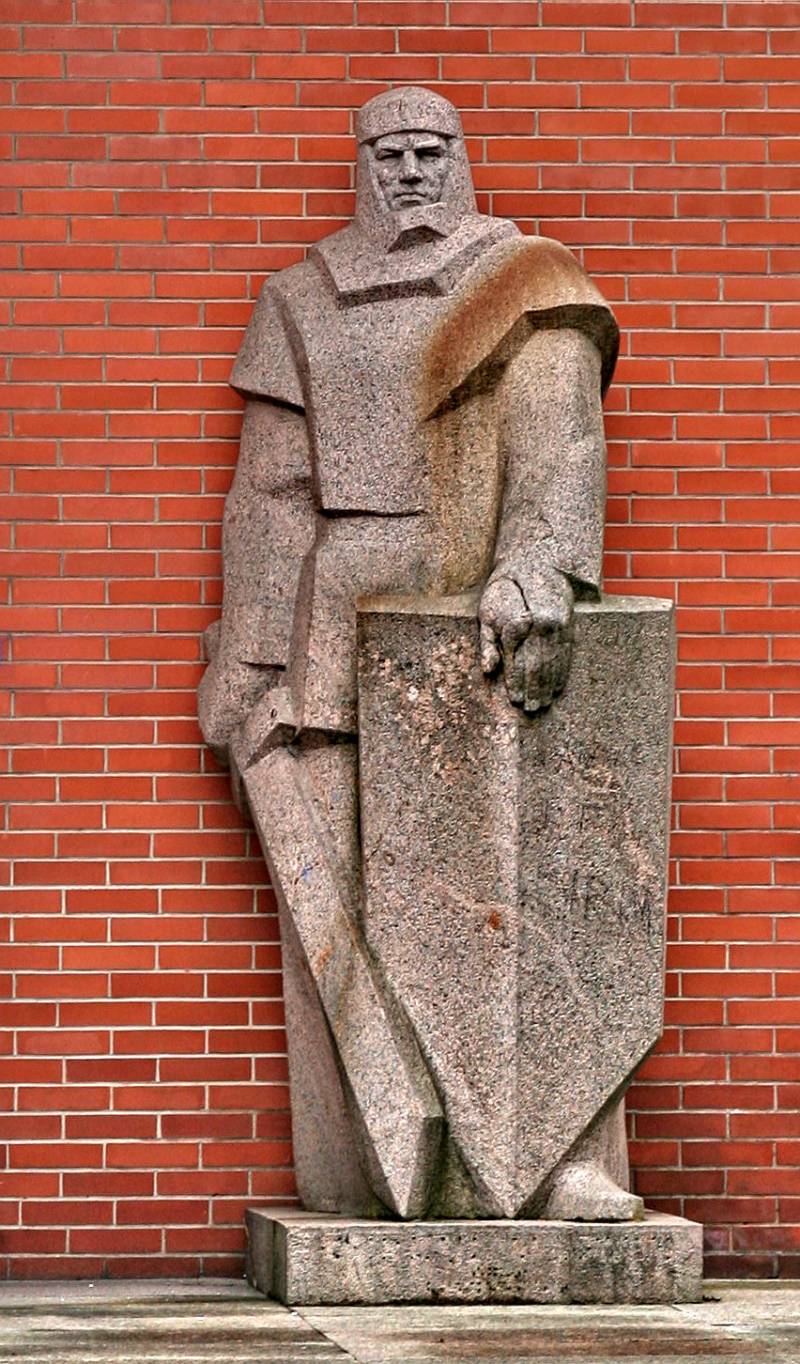
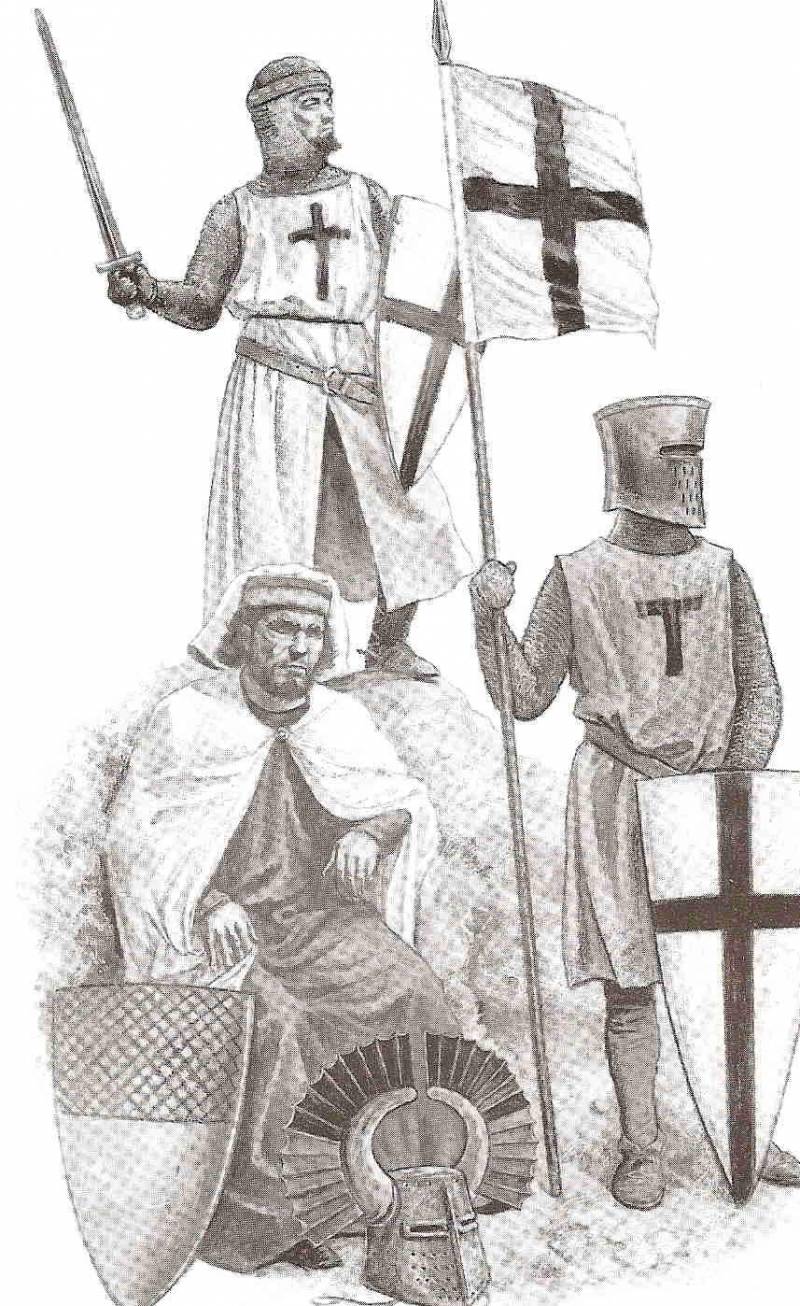
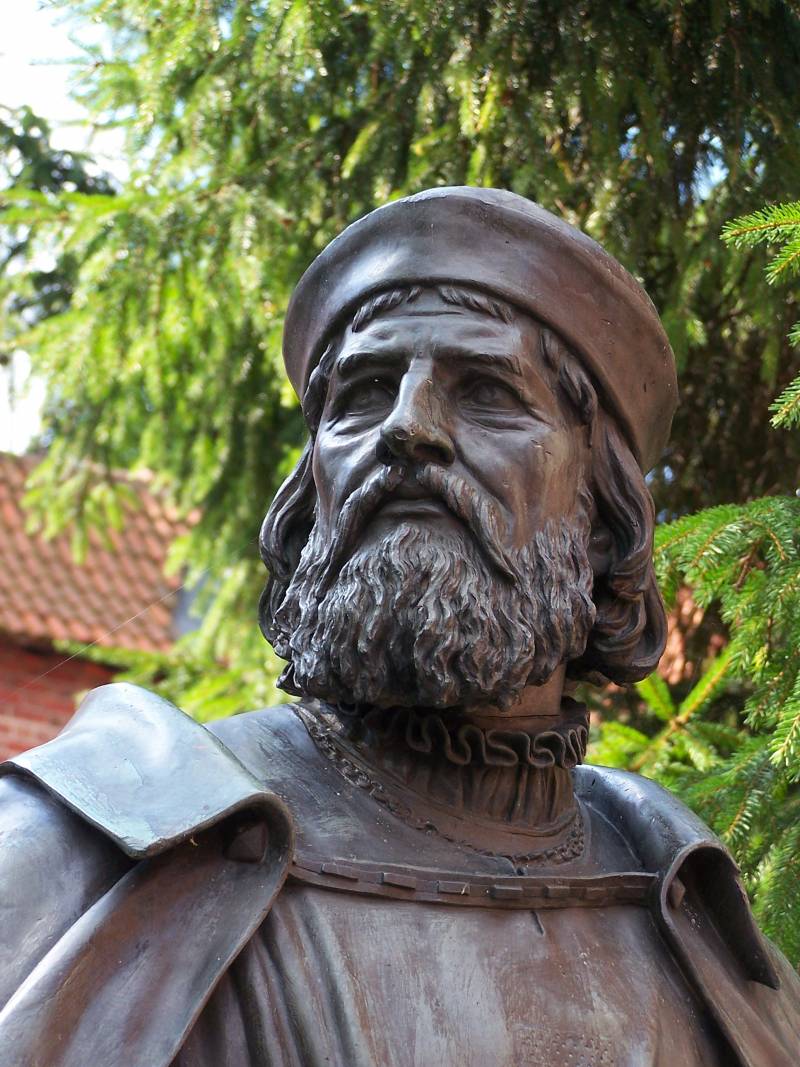
Information